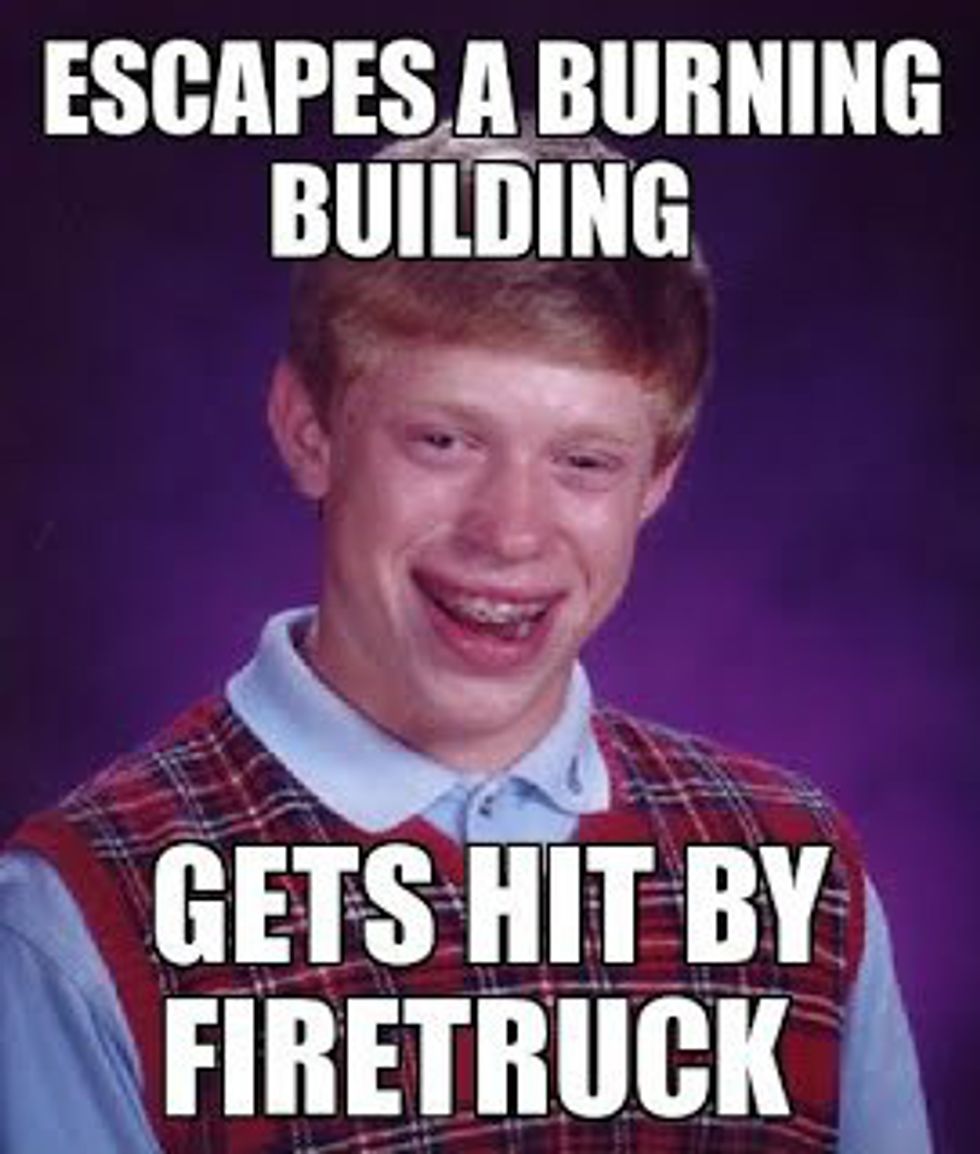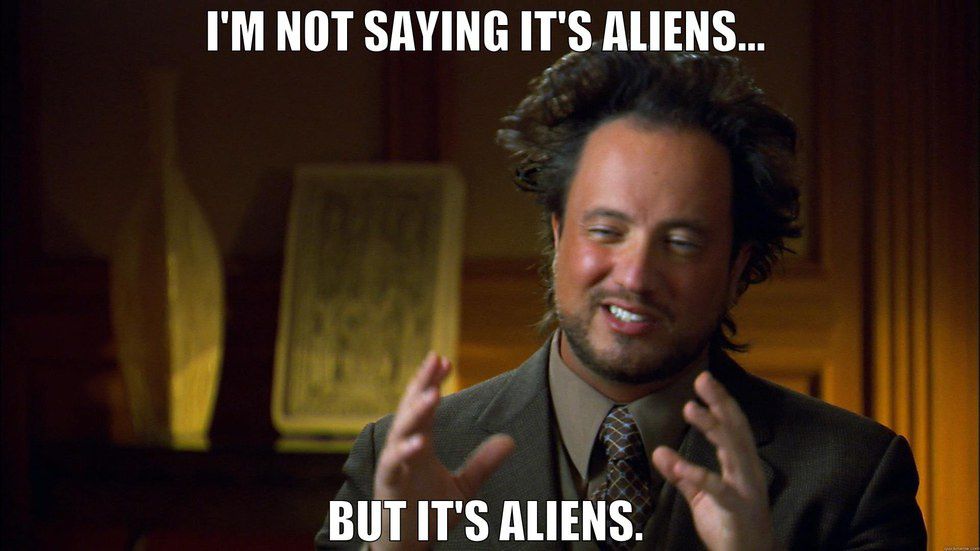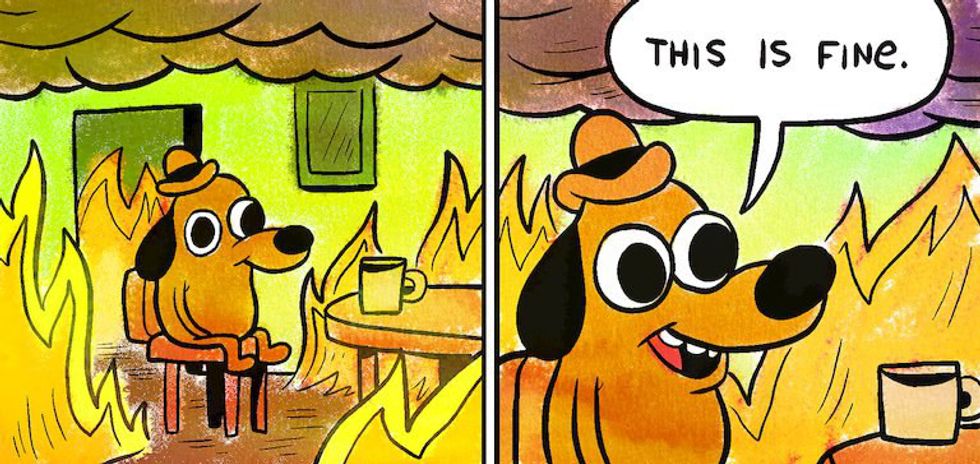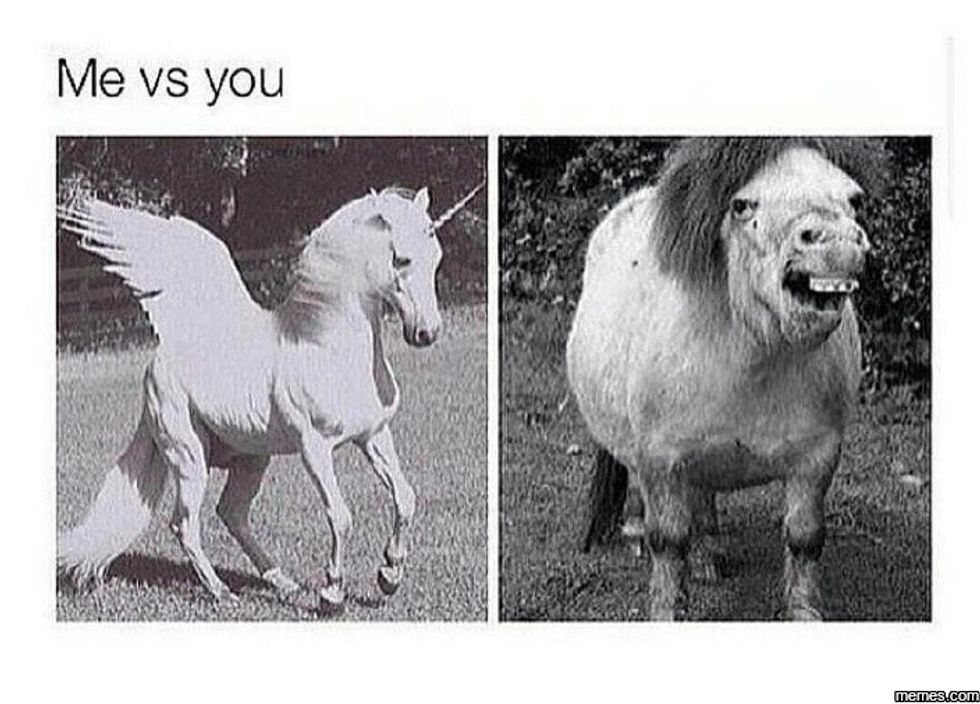In today's culture, especially online culture, it is becoming increasingly popular to communicate using memes, or popular photos that circulate conveying a certain, often comical, message. Memes are plastered across social platforms, starting and prolonging discussions about topics ranging from politics to celebrities to national disasters. But what makes memes so popular? How do meme creators know what will appeal to people? One word: psychology. Many memes can be explained using psychological terms, which is likely what makes them so popular. Here are 8 popular memes explained using psychological topics.
1. Biden memes - Co-dependency
Vice President Joe Biden has found himself at the center of many memes, particularly ones like this that depict him in different variations of a strong emotional attachment to President Obama. This meme revolution began after Biden tweeted a photo of his and Obama's matching friendship bracelets for the President's birthday. These memes show, on Biden's part, co-dependency, which is defined as excessive emotional or psychological reliance on a partner.
2. Starter Pack - Schemas
Starter pack memes depict 3-4 things that we often associate with a popular behavior, in this case asking to speak to the manager. This represents a schema, defined as a mental model of aspects of the world or of the self that is structured in such a way as to facilitate the processes of cognition and perception. In other words, schemas help us to understand the world via things we already know about. In the case of the starter pack meme, this means using photos to explain the popular behavior.
3. Clapbacks - Hostile Aggression
A clapback is a response, often to a criticism or an unwanted question. These responses are a perfect example of hostile aggression, which is specified as aggression driven by anger and performed as an end in itself. Rather than just answering the question or ignoring the criticism, people are often frustrated by these stimuli and thus, the aggressive clapback was born.
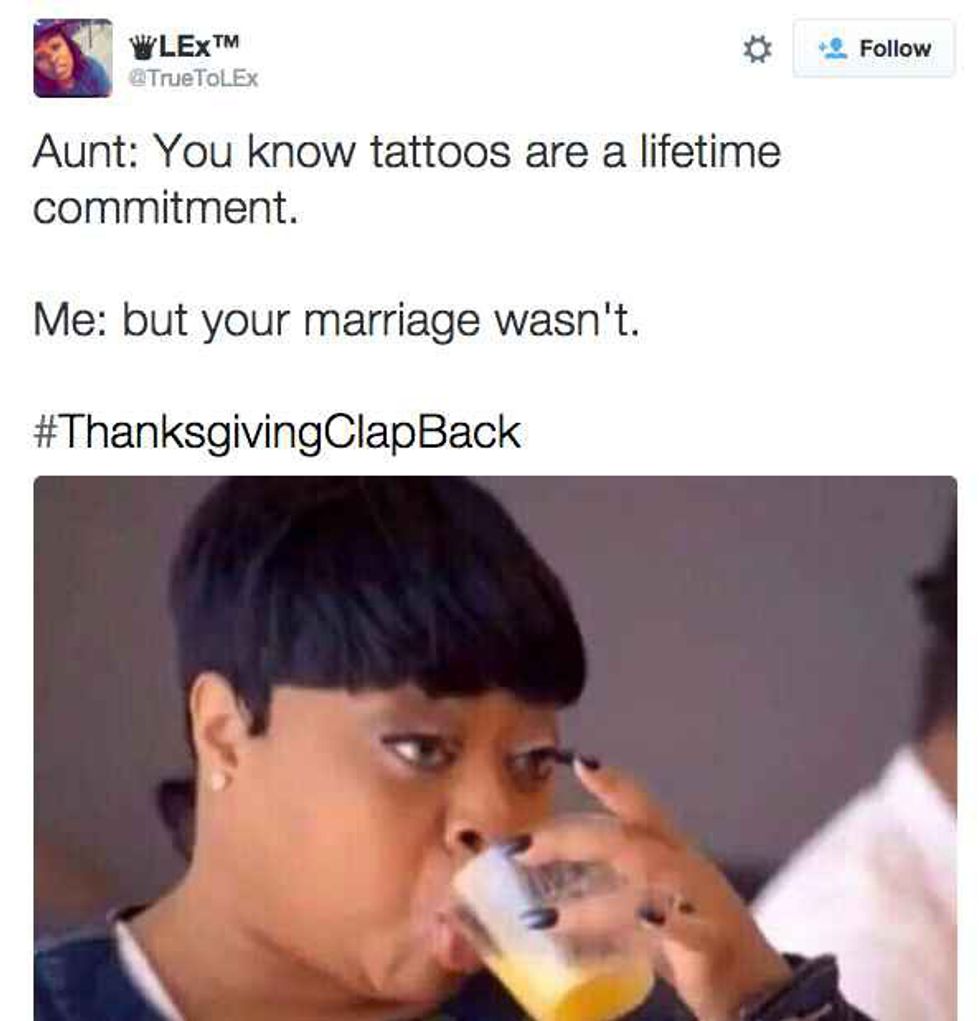
4. Bad Luck Brian - Fundamental Attribution Error
Bad Luck Brian features a bad yearbook photo that has become a symbol for misfortune. The bad things that happen in these memes are an example of the Fundamental Attribution Error, which is a tendency to overestimate the degree that behaviour is determined by personal characteristics, beliefs and attitudes that minimises the effects of the surrounding situation. People assume that these bad things, in this case getting hit by a firetruck, happen as a result of Brian's bad luck, a personality trait. This practice doesn't account for the influence of situational factors. Brian getting hit didn't have to be a result of his bad luck, it is just as likely that something about the situation caused this to happen. Perhaps the person driving the truck hated Brian and did it on purpose!
5. Evil Kermit - Cognitive Dissonance
The Evil Kermit taps into the idea of the little devil that sits on our shoulder and encourages us to do things that we know aren't necessarily the right thing to do. However, we sometimes give in because we want to do these things even if we believe that they're unsound. This represents the theory of cognitive dissonance, which is the state of having inconsistent thoughts, beliefs, or attitudes, especially as relating to behavioural decisions and attitude change. In other words, it's when you believe two conflicting things at the same time. You can want believe that it is best to stay out of drama while also wanting to start some.
6. Aliens - Belief Perseverance
This meme features a man who tends to blame everything on aliens, even if another plausible explanation is presented. This shows belief perseverance, which is a tendency to persist with one's held beliefs despite the fact that the information is inaccurate or that evidence shows otherwise. Even when it's not aliens, it's aliens, and you will likely never convince this meme otherwise.
7. "This is fine" dog - psychological burnout
One of my personal favorites, this meme features a dog sitting in a house that is on fire stating that "this is fine." This shows something that many people face in school or high demand careers known as burnout. Burnout is the mental, emotional and physical exhaustion from a job or career that shows lack of motivation and a decrease in performance. Sure, the room might be on fire, but if you're burnt out due to stress you just don't have the mental capacity to care.
8. Other person vs. Me - Upward/Downward Social Comparison
These are comparison memes, which show one of two things: making fun of yourself by showing how much better others are than you, or showing how you are significantly better than someone else. The first would be an example of upward social comparison, which is comparing ourselves to others who are better than we are. This is often a result of low self-esteem. Inversely, the latter option would be an example of downward social comparison, which is a method of self-protection where we compare ourselves with people are less well off. We try to raise our self-esteem by looking at what we have that others do not.






